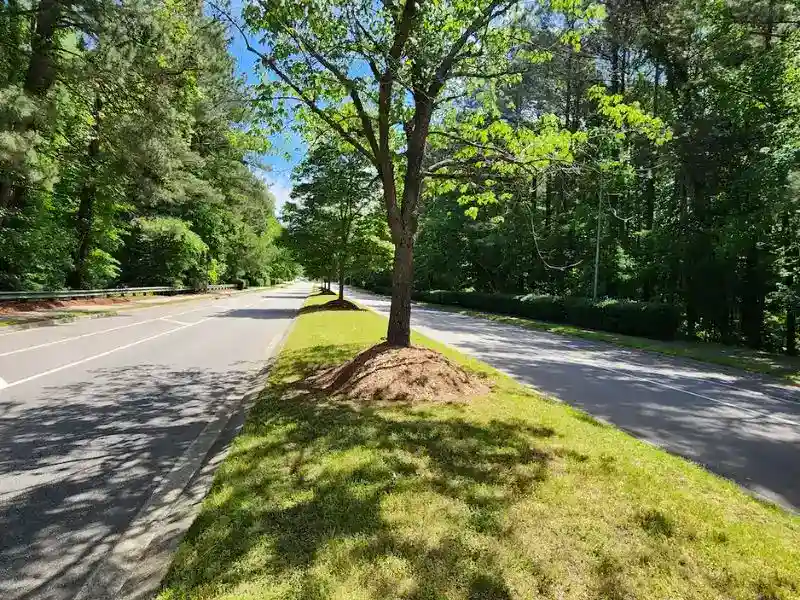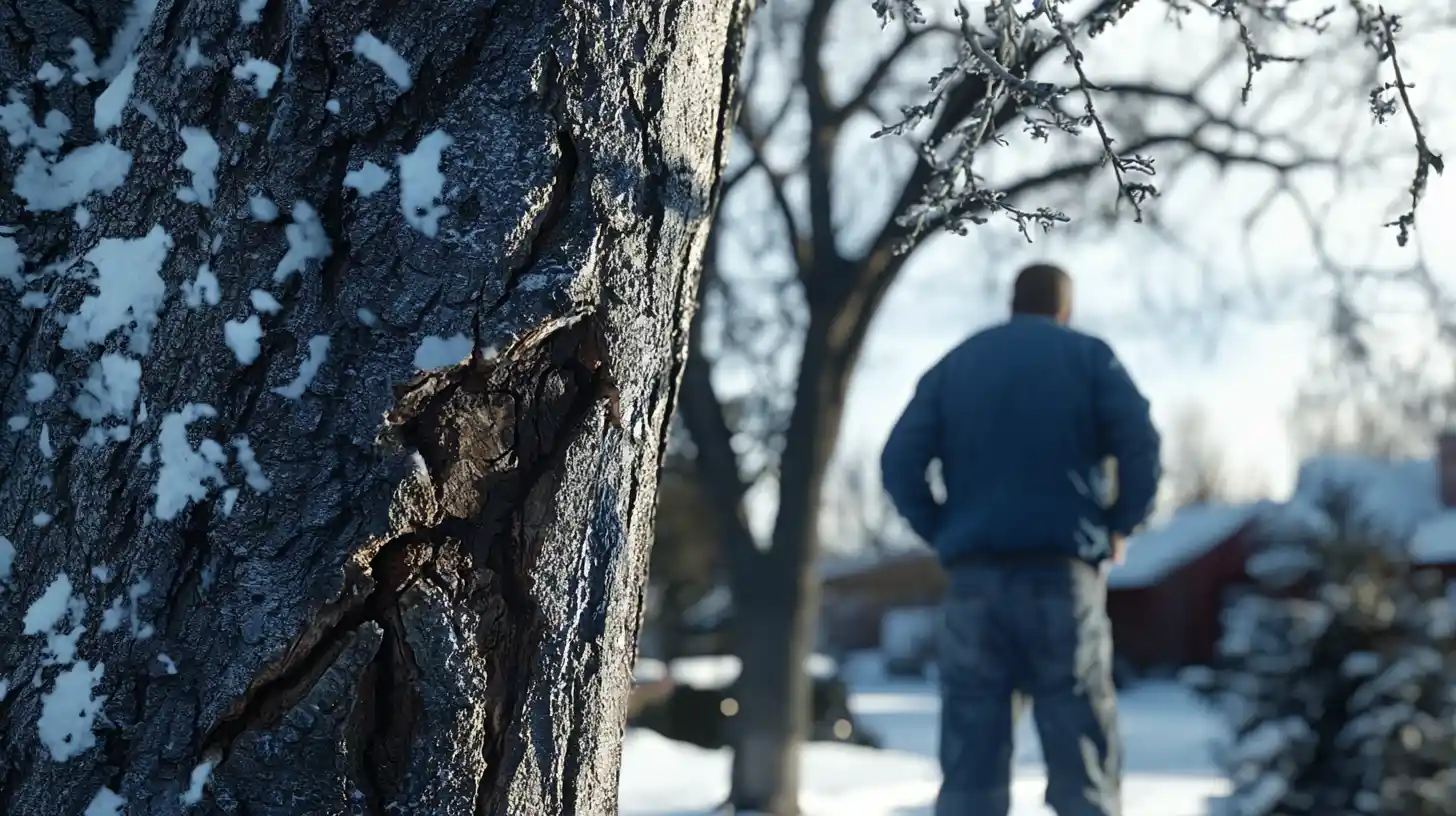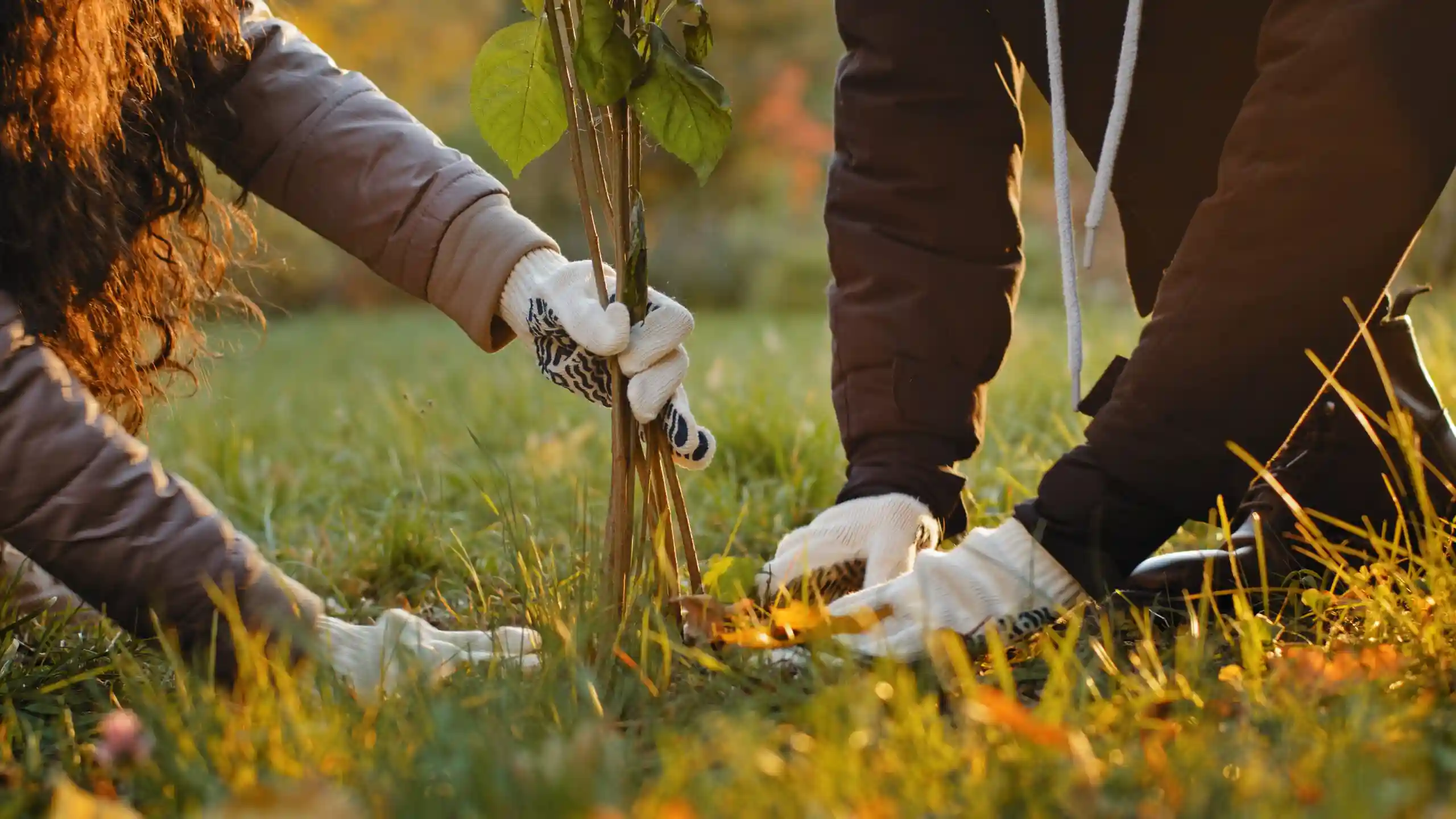Tree Pruning: What, When, and How
Tree pruning is the selective removal of branches and stems from a tree. It is an important part of tree care that can help to improve the tree’s health, structure, and appearance. Pruning can also be used to control the size and shape of a tree, and to reduce the risk of hazards such as falling branches.
What are the benefits of tree pruning?
There are many benefits to tree pruning, including:
-
- Improved tree health: Pruning can help to remove diseased, dead, or damaged branches, which can improve the tree’s overall health and vigor.
- Stronger tree structure: Pruning can help to create a stronger tree structure by removing branches that are weak or crossing. This can help to reduce the risk of the tree falling or branches breaking off during storms.
- Improved appearance: Pruning can be used to improve the appearance of a tree by removing unwanted branches and shaping the tree’s canopy.
- Controlled growth: Pruning can be used to control the size and shape of a tree, which can be helpful in areas where space is limited.
- Reduced risk of hazards: Pruning can help to reduce the risk of hazards such as falling branches. This is especially important in areas where people and property are at risk.
When should I prune my trees?
The best time to prune most trees is during the late winter or early spring, when the tree is still dormant. This is because the tree will be less likely to stress, and the wounds will heal more quickly. However, there are some exceptions to this rule. For example, some trees, such as maples, bleed sap when pruned in the spring. In these cases, it is best to prune in the late fall or early winter.
It is also important to avoid pruning trees in the summer, as this can make them more susceptible to pests and diseases.
How do I prune my trees?
When pruning trees, it is important to use sharp, clean tools. This will help to prevent the spread of disease. You should also make sure to make clean cuts at the branch collar. The branch collar is the swollen area at the base of a branch where it meets the trunk or another branch.
To prune a branch, make a cut at the branch collar, just outside the branch bark ridge. The branch bark ridge is the raised area of bark that surrounds the base of the branch.
If you are pruning a large branch, you may need to make three cuts. First, make an undercut on the underside of the branch, about 18 inches from the trunk. Cut about one-third to one-half of the way through the branch. Then, make a second cut on the top of the branch, an inch or so further out. Cut all the way through the branch, until it falls. Finally, make a final cut at the branch collar to remove the remaining stub.
It is important to avoid pruning too much of a tree at once. As a general rule of thumb, you should not remove more than one-third of the tree’s canopy at any one time.
If you are unsure about how to prune your trees, it is always best to consult with a certified arborist. They can help you to develop a pruning plan that will meet your specific needs and goals.



